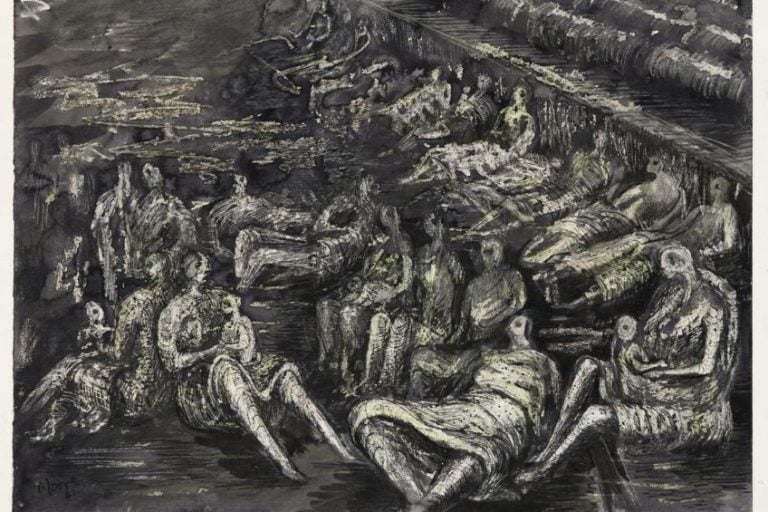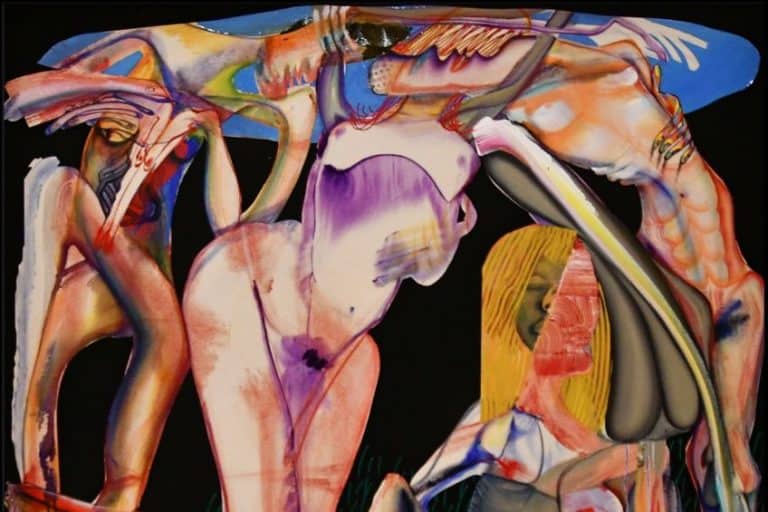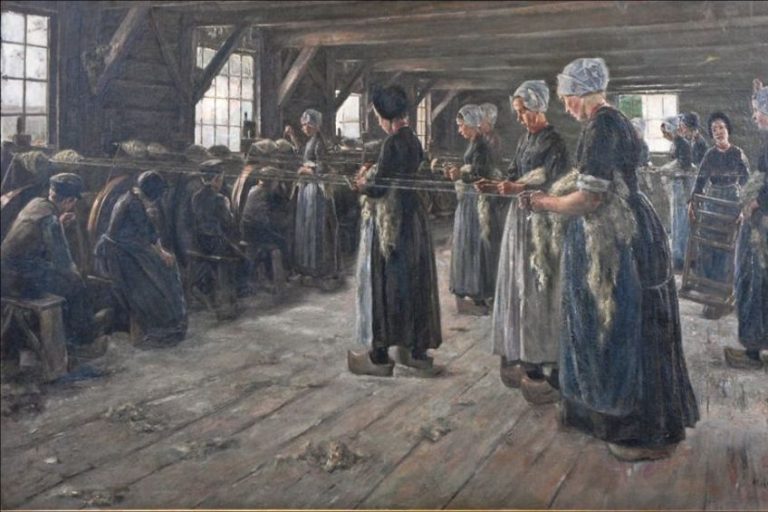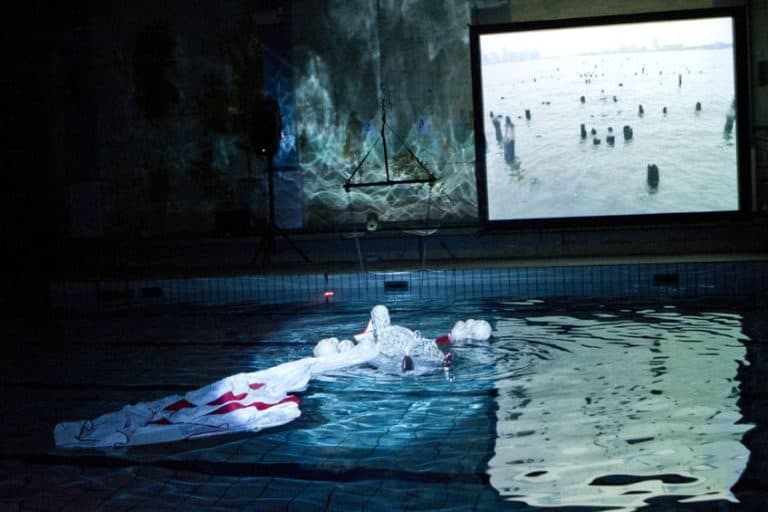Elizabeth Peyton – A Look at Intimately Emotional Portraiture
Elizabeth Peyton is a contemporary American artist renowned for her distinctive portraiture, which often captures the essence of cultural figures and celebrities with an intimate and empathetic touch. Born in 1965, Peyton’s works blend elements of traditional portraiture with a modern sensibility, creating emotive and expressive representations that resonate with viewers. Her paintings, drawings, and prints often feature luminous colors and delicate brushwork, reflecting her deep exploration of human emotions and the complexities of identity. Peyton’s unique style has earned her widespread acclaim and a prominent place in the contemporary art world, making her a fascinating figure for art enthusiasts and scholars alike.
Key Takeaways
- Elizabeth Peyton revitalized portraiture with her intimate and stylized paintings.
- Her art captures the emotional nuance of both personal acquaintances and iconic figures.
- Peyton’s influence extends beyond her works, impacting contemporary approaches to portraiture.
Early Life and Education
| Birth | 1965 |
| Death | Present |
| Place of Birth | Danbury, Connecticut, United States |
| Genre of Work | Painting, drawing, and printmaking |
Elizabeth Joy Peyton is an influential figure in the contemporary art world, where her unique approach to portraiture stands out. Born in 1965, she is an American contemporary artist who has built a significant career through her evocative paintings, drawings, and printmaking. Peyton’s works are often intimate, depicting friends and personal connections, as well as historical figures and cultural icons – a blend that personalizes the eminent and brings historical narratives to a human scale.
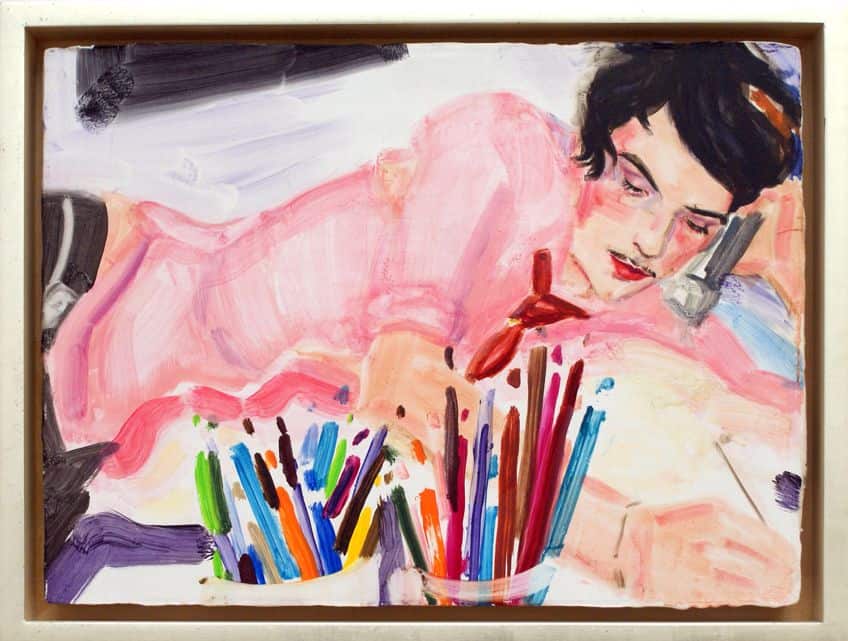
While many of Peyton’s portraits highlight public figures such as artists, musicians, writers, and actors, her style is distinctive for its emotional depth and delicate techniques. Using transparent washes of pigment and a vibrant color palette, she captures the essence of her subjects with a sense of immediacy and intimacy. Her small-scale canvases invite observers into a personal space, bridging the gap between the viewer and the often-celebrated subject. This bridging has been a recurring aspect of Peyton’s exhibitions and is reflective of her impact on the art of portraiture.
Foundations in Connecticut
Elizabeth Peyton was born in 1965, in Danbury, Connecticut. Despite a physical limitation—having just a forefinger and thumb on her right hand—she adapted and learned to paint with her left hand.
Connecticut served as her nurturing ground, where she developed an affinity for portraiture and honed her artistic skills from a young age.
School of Visual Arts Experience
From 1984 to 1987, Peyton attended the School of Visual Arts in New York. This pivotal experience contributed significantly to her development as an artist. During her education, she immersed herself in the world of fine arts, particularly focusing on painting and drawing people. It was at the School of Visual Arts where she began to establish her path as a contemporary figurative painter.
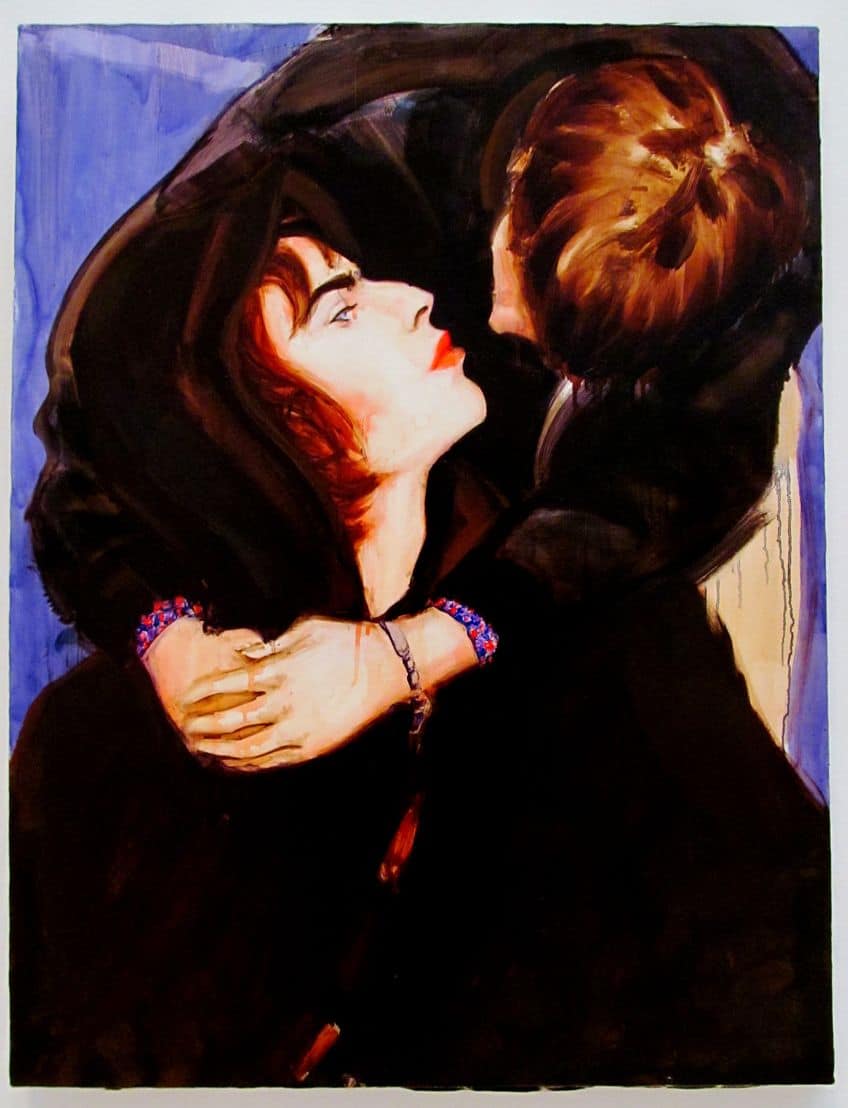
Current Career
Elizabeth Peyton is acknowledged as a leading figure in contemporary art. Her career, sparked by her early experiences in Connecticut and shaped by her education in New York, has revolved around her passion for portraiture, capturing celebrities and musicians with her brush.
Her work continually gains public attention, solidifying her reputation in the art world.
Artistic Style and Influences
In her career, Elizabeth Peyton has developed a unique aesthetic that has established her as a significant contemporary artist, with a particular emphasis on portraiture that blends classical and modern techniques.

Portraits and Figures
Peyton is celebrated for her intimate portraits and figures that often depict friends, cultural icons, and historical personages. Her artwork captures the delicate features and essence of her subjects, reflecting a modern take on traditional portraiture. Live Forever is a notable body of her work, encapsulating beauty through vibrant color and emotive design.
The portrayal of her figures goes beyond mere likeness, seeking to evoke an emotional connection with the viewer.
Historical and Cultural Influences
She draws inspiration from a wide array of historical influences, notably the works of Eugène Delacroix, known for his expressive brushstrokes and bold use of color. Her expressive and often diaphanous rendering of her subjects pays homage to the past, while her choice of contemporary subjects keeps her work firmly rooted in the present. Peyton’s art reflects the zeitgeist of celebrity culture and the public’s fascination with the lives of artists, musicians, and actors.
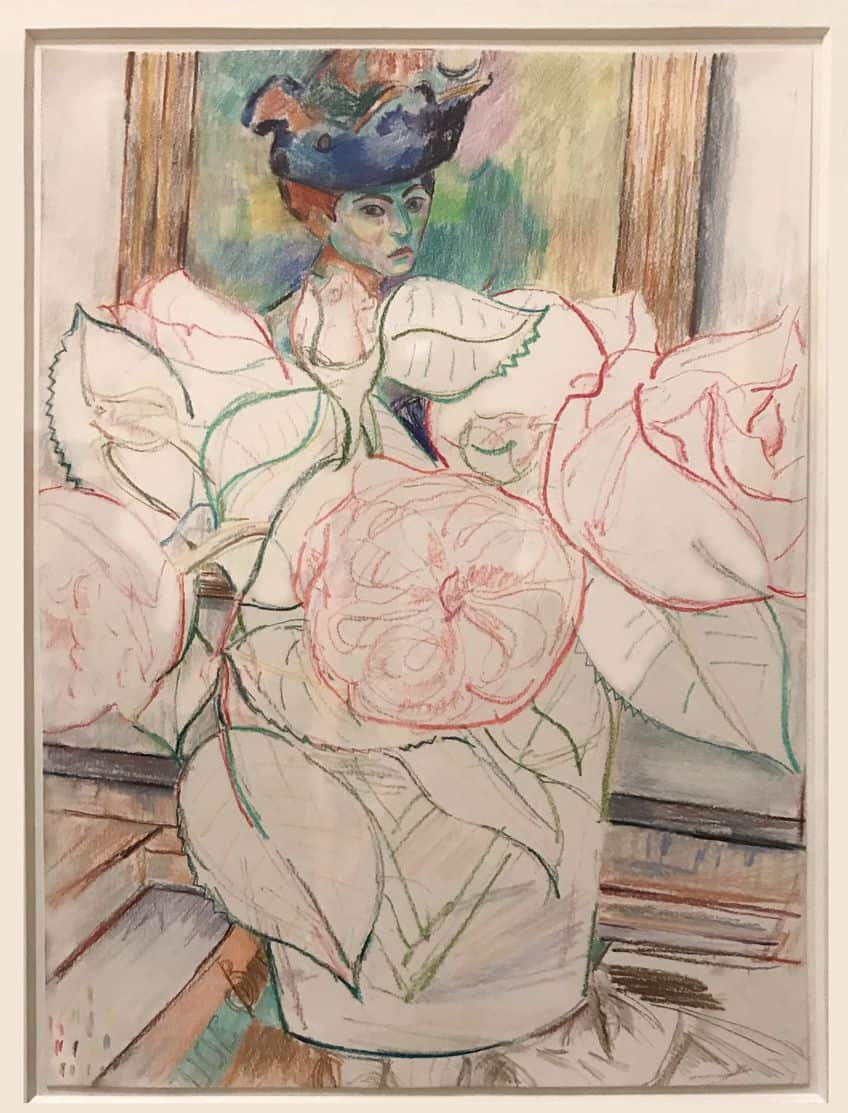
Techniques and Mediums
- Drawing: Peyton employs confident lines in her drawings, creating fluidity and capturing the spontaneity of her subjects.
- Painting: Known for her transparent brush strokes, Peyton’s paintings often feature thin layers of oil paint, imbuing her subjects with a sense of vitality and luminance.
- Printmaking: Her printmaking works display her versatility and willingness to explore different techniques within the realm of fine arts.
Peyton utilizes these various mediums to explore the intersection of personal intimacy and public persona, offering viewers a glimpse into both the exterior beauty and the internal world of her subjects.
Major Works and Exhibitions
Elizabeth Peyton, a renowned contemporary painter, has influenced the art world through her intimate portraits. Her works document the zeitgeist with depictions of celebrities, friends, and historical figures. The following sections detail her key paintings and highlight her most significant exhibitions that have cemented her standing in the contemporary art scene.
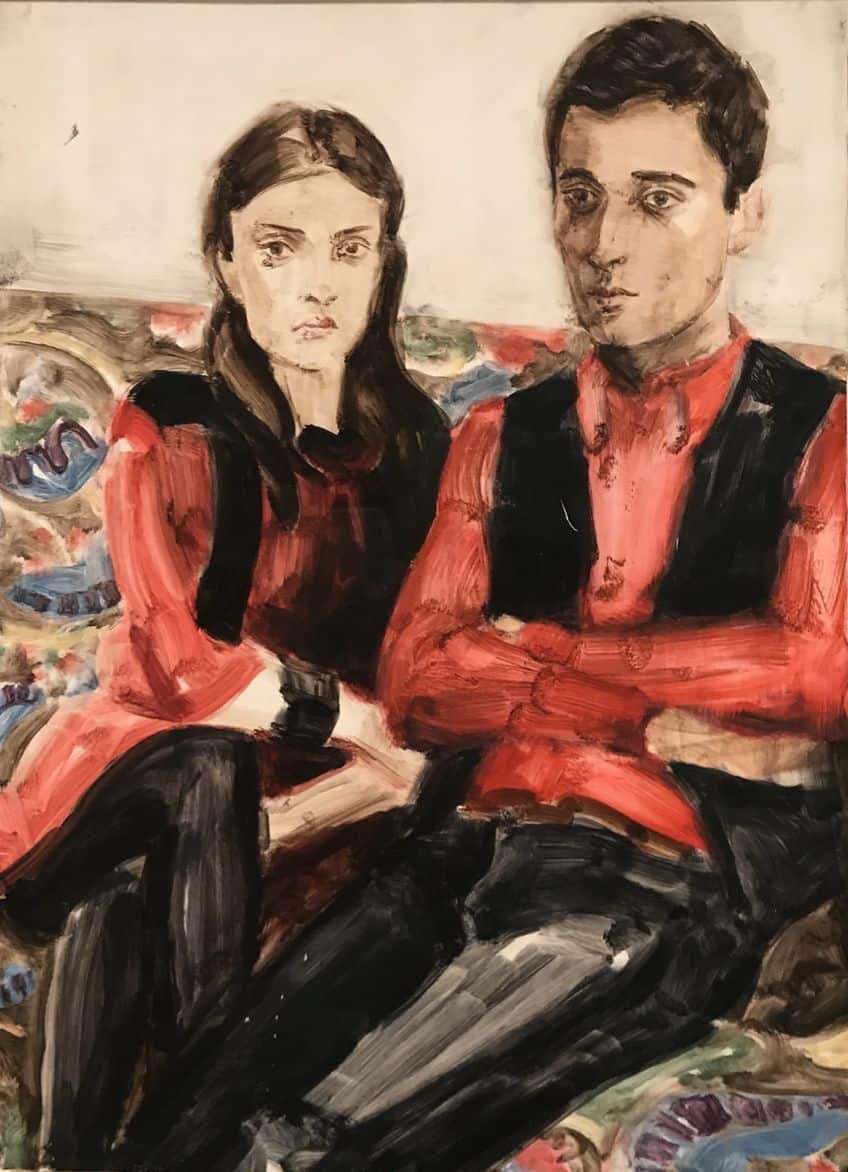
Important Works
- Live Forever (1994): A painting of the late musician Kurt Cobain, showcasing Peyton’s distinctive, delicate painting style.
- Keith (1997): Known for its evocative portrayal of musician Keith Richards.
- Self-portrait (2003): Highlighted in the Whitney Biennial, this work represented a notable moment in Peyton’s career.
Notable Solo Exhibitions
- New Museum, NY (2008): Featured a retrospective titled Live Forever.
- Whitechapel Gallery, London (2009): Included many of her significant portraits and was a step in internationalizing Peyton’s pinnacle works.

Collaborations and Thematic Shows
- Whitney Biennial, New York (2004): Peyton’s self-portrait placed her firmly on the map as a contemporary painter of note.
- San Francisco Museum of Modern Art and Seattle Art Museum: Both have included her works, further solidifying her reputation in major public collections.
- Walker Art Center, Minneapolis: Hosted exhibitions showcasing the range of Peyton’s influential portraiture.
Legacy and Impact on Contemporary Art
Elizabeth Peyton’s distinct portraiture has cemented her status in the contemporary art world, influencing new artists and earning her representation in prestigious institutions.

Influence on New Generations
Elizabeth Peyton, an American painter, has become an influential figure for emerging artists within the contemporary art scene. Her intimate portrayals of historical personae and icons of contemporary culture resonate with younger generations, who find in her works a bridge between personal experiences and the broader cultural canvas.
Peyton’s technique and subject matter encourage artists to explore emotional connections through their art, proving that portraiture can be a powerful medium for contemporary storytelling.
Representation in Leading Institutions
Peyton’s work is represented in some of the world’s leading art institutions, evidencing her impact and recognition. New York City’s Gallery Met has featured her art prominently, while international galleries such as the Gagosian and Gladstone Gallery regularly exhibit her paintings. In addition to commercial galleries, Peyton’s works are included in the collections of public institutions such as the National Portrait Gallery in Washington, D.C. Her international presence is notable with exhibitions in venues like Sadie Coles HQ in London and in cities like Rome, signaling her widespread appeal and her works’ capacity to live forever through institutional recognition.
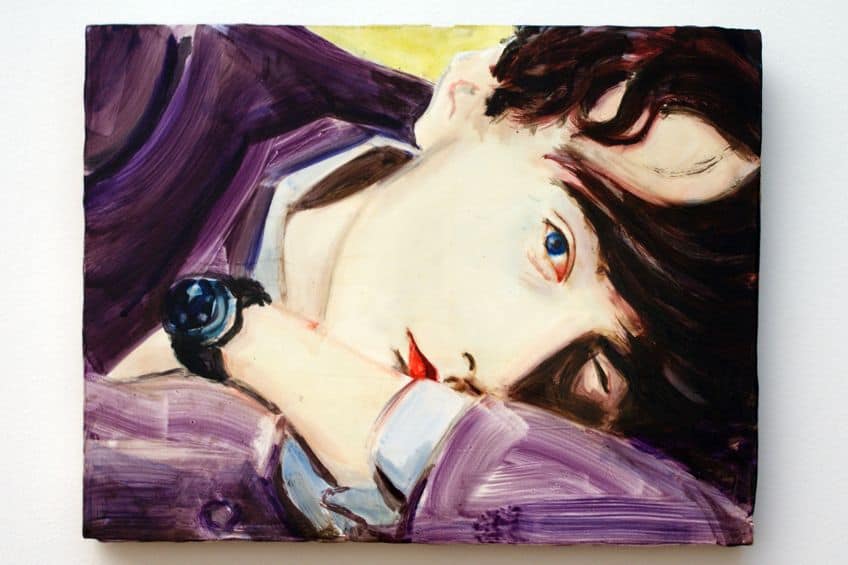
Elizabeth Peyton’s impact on contemporary art is undeniable, as she has redefined portraiture with her emotive and evocative representations of cultural figures and celebrities. Her unique blend of traditional techniques and modern sensibilities has captivated audiences worldwide, earning her a prominent place in the art world. Through her luminous paintings, drawings, and prints, Peyton continues to explore themes of identity, emotion, and human connection, leaving a lasting impression on art history and inspiring future generations of artists to push the boundaries of portraiture and expression.
Frequently Asked Questions
What Distinguishes Elizabeth Peyton’s Artistic Style?
Peyton’s style is known for its lush and emotive qualities, with a focus on capturing the essence of her subjects. Her portraits often reflect a deep sense of connection and are characterized by a rich use of color and loose brushwork that conveys emotion and personality.
What Techniques Does Elizabeth Peyton Employ in Printmaking?
In her printmaking, Peyton utilizes techniques such as monotype, lithography, and etching. She often experiments with these processes to achieve various textures and effects, which complement her delicate and nuanced approach to portraiture.
What Are Some Characteristics of Elizabeth Peyton’s Portraits?
Her portraits are recognized for their intimate scale and the close-up perspectives of the subjects. The subjects depicted range from friends and personal acquaintances to historical figures and celebrities, often portrayed with an air of casualness and immediacy that belies a thoughtful compositional structure.
Isabella studied at the University of Cape Town in South Africa and graduated with a Bachelor of Arts majoring in English Literature & Language and Psychology. Throughout her undergraduate years, she took Art History as an additional subject and absolutely loved it. Building on from her art history knowledge that began in high school, art has always been a particular area of fascination for her. From learning about artworks previously unknown to her, or sharpening her existing understanding of specific works, the ability to continue learning within this interesting sphere excites her greatly.
Her focal points of interest in art history encompass profiling specific artists and art movements, as it is these areas where she is able to really dig deep into the rich narrative of the art world. Additionally, she particularly enjoys exploring the different artistic styles of the 20th century, as well as the important impact that female artists have had on the development of art history.
Learn more about Isabella Meyer and the Art in Context Team.
Cite this Article
Isabella, Meyer, “Elizabeth Peyton – A Look at Intimately Emotional Portraiture.” Art in Context. May 14, 2024. URL: https://artincontext.org/elizabeth-peyton/
Meyer, I. (2024, 14 May). Elizabeth Peyton – A Look at Intimately Emotional Portraiture. Art in Context. https://artincontext.org/elizabeth-peyton/
Meyer, Isabella. “Elizabeth Peyton – A Look at Intimately Emotional Portraiture.” Art in Context, May 14, 2024. https://artincontext.org/elizabeth-peyton/.



